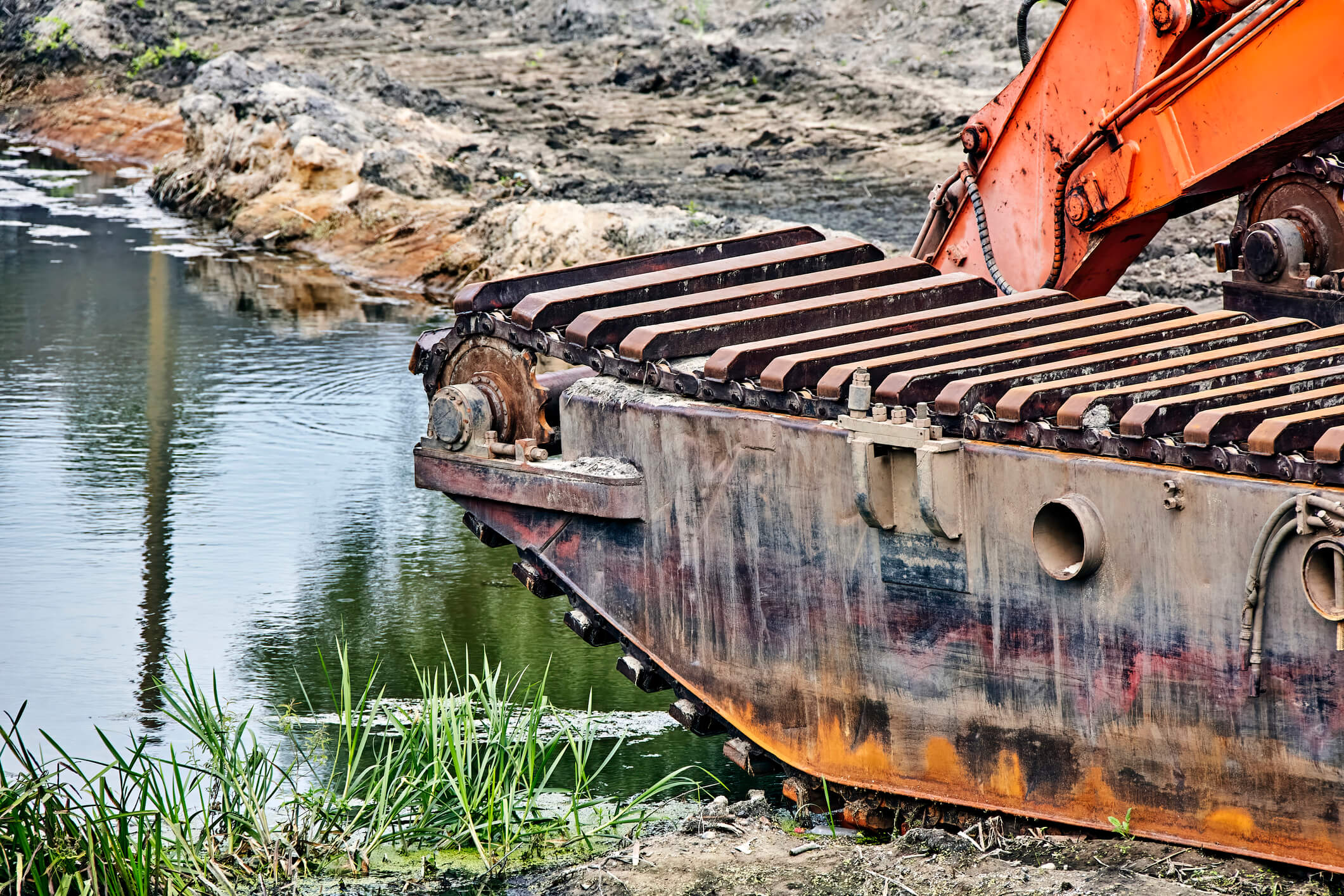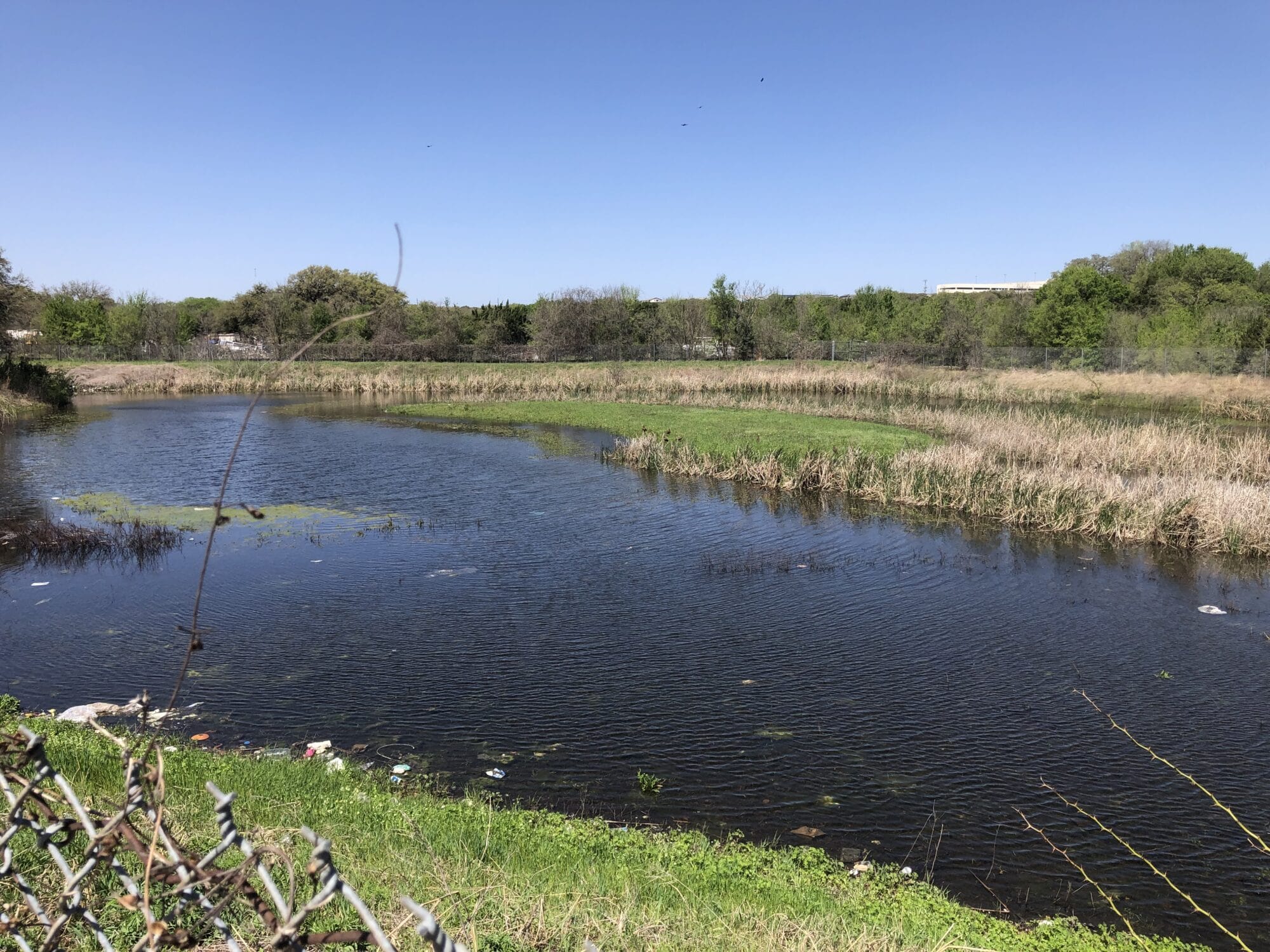Connecticut
TRC completed a hydraulic dredging project with restrictive performance standards for impacted river sediment cleanup.
This project involved the hydraulic dredging of metals-impacted river sediment for the Connecticut Department of Energy and Environmental Protection (CT DEEP). The Mill River adjoins valuable residential and commercial development and involves a large group of interested stakeholders. Multiple performance standards were established by the regulators for the sediment cleanup that were restrictive, including multi-month “blackout” periods for dredging to protect fish migration and shellfish breeding.
TRC provided a comprehensive design and resolution of the dredging project including:
Permits – In partnership with its client, TRC prepared and completed all necessary Federal, State, and local permits necessary to implement the project.
Remedial Design Engineer/Prime Contractor – TRC prepared, and achieved regulatory approval of, the project plans for the remediation work, including the following:
- Detailed Project Operation Plans
- Turbidity Monitoring and Engineering Controls to achieve restrictive turbidity standards (<10 NTU) (e.g., double-walled turbidity curtain, continuous electronic turbidity monitoring, visual inspections)
- On-site Project-Specific Water Treatment for > 350,000 gallons per day, designed and constructed to satisfy restrictive NPDES requirements prior to discharge back to the river
- Geotube Passive Dewatering on a double-lined, multi-acre dewatering pad
- Engineering Controls/Best Management for Fish/Shellfish Protection (e.g., careful dredge operations; dredging period restrictions; maintenance of fish passage corridor; water monitoring for heavy metals, temperature, pH, and other parameters)
Community Outreach/Communications – TRC worked in full cooperation with the broad group of local stakeholders to demonstrate that the project, as proposed, was consistent with State requirements and the ongoing needs of the community. TRC’s role included active community relations, public information meetings, and the ongoing preparation of monthly project updates, public notices, presentation materials, and project-related documents.
Remediation Completion and Confirmation Sampling – TRC worked closely with our client and regulators to document sediment removal and to confirm that cleanup goals had been achieved. Post-dredging sampling was performed on a tight grid to verify dredge cell remediation, incorporating same-day sampling results to assure that there were no delays to the dredging operations. Final verification sediment sampling of the site is underway.
Sediment Disposal – Final disposition of the dewatered sediment will be completed upon dewatering. Extensive waste characterization sampling will be performed to determine the final disposition of the dewatered sediment (i.e., hazardous or nonhazardous).
- Client: Connecticut Department of Energy and Environmental Protection
- Project Location: Connecticut
Client benefits include:
- Project completion against challenging schedule limitations
- Satisfaction of restrictive turbidity/water quality, NPDES permit, and fish/shellfish protection standards
- Working closely with our client, the regulators, and a motivated stakeholder group, to collaboratively solve project challenges
- Highly effective, regular, and ongoing public communications throughout the project to satisfy extensive stakeholder involvement
- Cost-effective, timely sediment remediation, which was compliant with restrictive performance standards for site cleanup
Related Projects
Discover the success we’ve had with helping our clients execute major projects and make a meaningful impact on their local communities.








